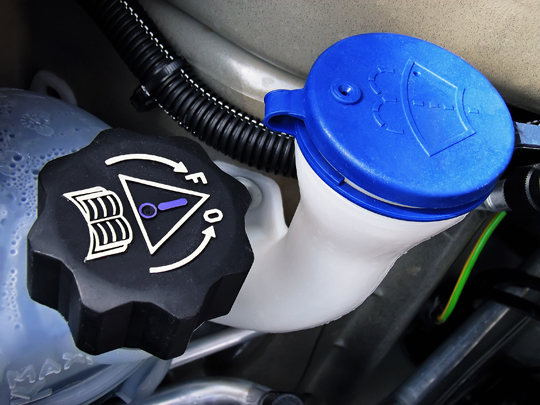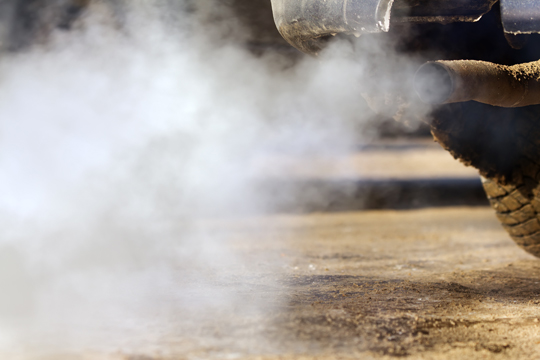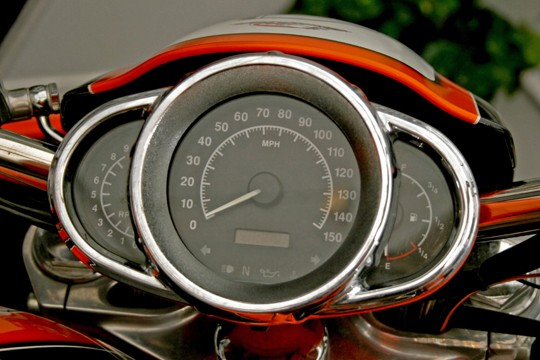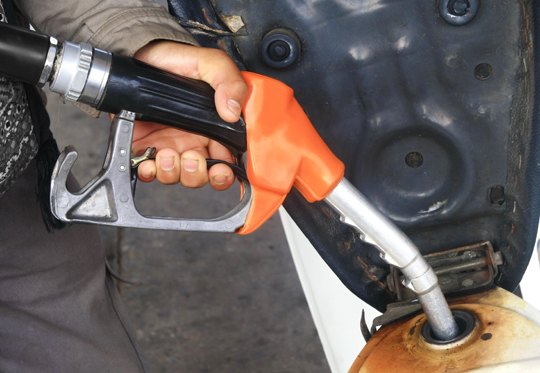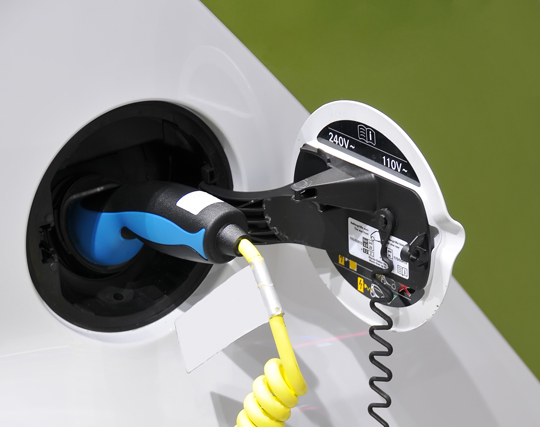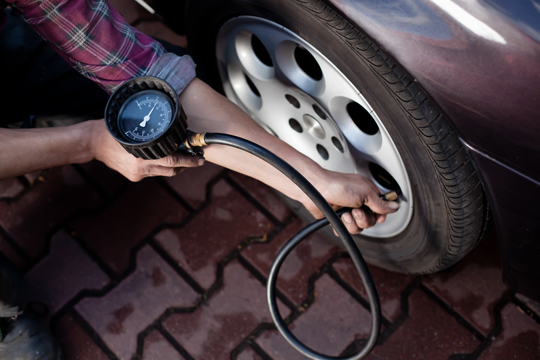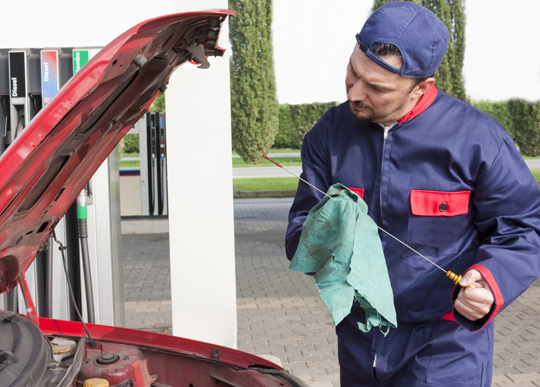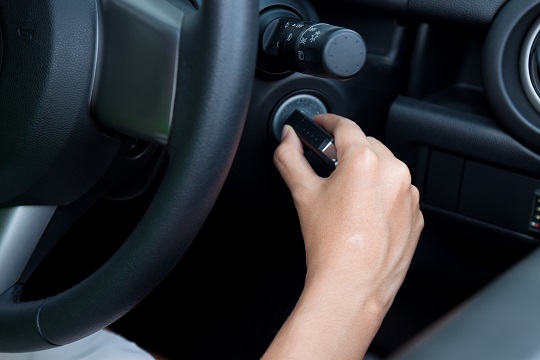Does my vehicle need a fluid flush? You might be asking yourself that question because a mechanic at a shop or quick lube station is advising you to. It’s always tough to decipher whether these suggestions stem from their own monetary gain or if your vehicle truly needs a fluid flush.
It is important to know when these flushes are needed so you won’t shell out the unnecessary expenses. The following are some fluids that might need flushing along with some information on how often they need it.
Radiator Fluid: The radiator holds a diluted form of antifreeze and is responsible for both keeping the engine cool as it runs and preventing it from freezing during the extremely cold months. Flushing this helps avoid sediment build-up. Plus, the older the fluid gets, the less effective it will be. Still, this does not have to be done often. Most experts suggest a radiator fluid flush every 40,000 to 60,000 miles.
Transmission Fluid: In automatic transmission vehicles, this fluid is of the utmost importance. To keep your vehicle shifting gears seamlessly, you will want your transmission flushed roughly every two years or every 30,000 miles. However, the caveat to this is the fact that there are long-lasting transmission fluids available that can last all the way up to 100,000 miles. You will need to know what sort of fluid your vehicle has before determining whether you need a flush.
Brake Fluid: With choice vehicles, a professional might suggest flushing out the brake fluid. This is likely not needed, and your vehicle should be fine without the service.
Power Steering Fluid: This is another low-priority flush, as power steering fluid can last a long time. If, for peace of mind, you would like your power steering fluid flushed, wait three to five years between services.
Find Someone To Perform The Flushes
Still asking: Does my vehicle need a fluid flush? Consult an expert — but know your stuff even when you do. TalkLocal offers a free service that gives you instant access to local auto repair professionals. We’ll connect you with the right professionals in just minutes.

